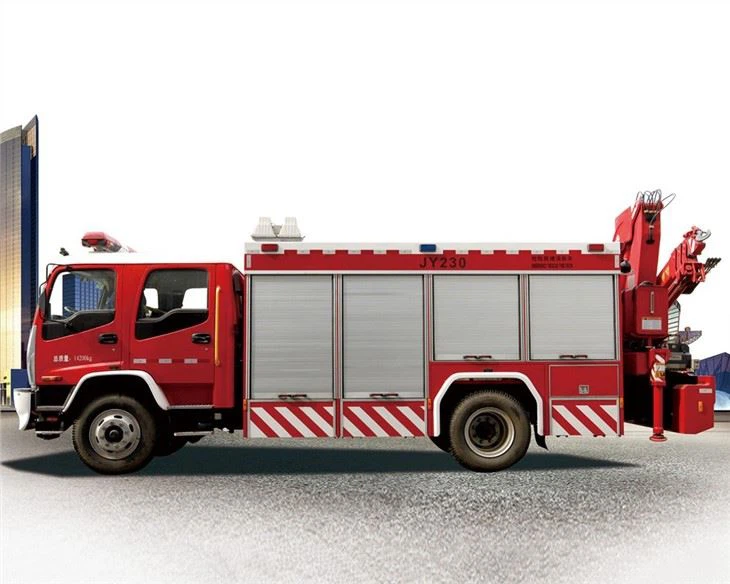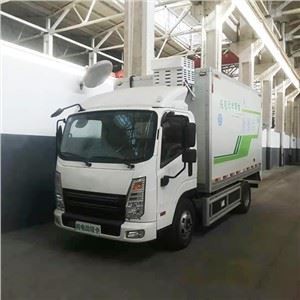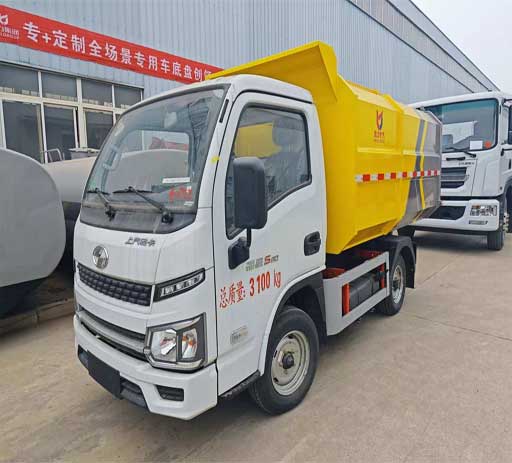Understanding the Par Truck: A Comprehensive Guide

Introduction
The par truck is an essential vehicle in many industries, used for various purposes such as transporting goods, providing services, or delivering equipment. Whether you are in the logistics sector, construction, or any field requiring heavy lifting and transportation, understanding the benefits and functionality of par trucks can significantly enhance your operations. This article dives deep into the world of par trucks, exploring their types, features, benefits, and maintenance while providing practical tips and examples to make an informed decision about these robust vehicles.
What is a Par Truck?
A par truck is primarily designed to transport pallets of goods. These trucks can come in various forms, including manual pallet jacks to advanced electric or hydraulic models. Their primary function is to simplify the movement of heavy loads, making them indispensable for warehouses, retail stores, and more.

Features of Par Trucks
- Load Capacity: Par trucks are available in various load capacities, ranging from 1,500 to 5,000 pounds.
- Manoeuvrability: Most par trucks are designed for easy maneuvering in tight spaces.
- Durability: Built from sturdy materials, par trucks can withstand heavy use without significant wear and tear.
- Customization: Many models can be customized with different attachments for specific tasks.
Types of Par Trucks
Manual Par Trucks
Manual par trucks, also known as hand pallet trucks, are operated manually, requiring the operator to manually pump the handle to lift the load. These are ideal for low-volume operations and are cost-effective.
Electric Par Trucks
Electric par trucks are powered by batteries, making them suitable for larger operations with higher volume needs. They require less physical effort from the operator and often feature advanced controls for precision handling.
Heavy-Duty Par Trucks
Designed for extreme loads, heavy-duty par trucks have a higher weight capacity and are often used in construction sites or heavy manufacturing settings.
Specialized Par Trucks
- Refrigerated Par Trucks: Equipped for transporting temperature-sensitive goods.
- High-Lift Par Trucks: Ideal for reaching storage shelves and efficiently stacking goods.
- Customized Attachment Par Trucks: Fitted with special attachments based on specific operational needs.
Benefits of Using Par Trucks
Improved Efficiency
Par trucks drastically improve the efficiency of loading and unloading goods. Compared to manual labor, these trucks speed up the process, reducing the time spent on transportation tasks.
Enhanced Safety

By minimizing manual handling, par trucks significantly reduce the risk of injuries. Employees can operate par trucks safely with proper training, leading to a safer work environment.
Cost-Effectiveness
Investing in par trucks can lead to long-term savings by boosting productivity and reducing labor costs. With improved efficiency, the return on investment can be realized quickly.
Practical Examples of Efficiency
For example, a warehouse that employs manual labor for moving inventory may take hours to restock. By using par trucks, the same warehouse can achieve this task in a fraction of the time, increasing overall operational efficiency.
Choosing the Right Par Truck for Your Needs
Assess Your Needs
Evaluating your operational requirements is crucial in selecting the appropriate par truck. Consider the weight of the loads you’ll be transporting, the distance, and the environment.
Type of Operation
Whether you need a manual or electric model will depend largely on your operations. If your team works in tight spaces and handles lighter loads, a manual par truck may suffice. For larger warehouses with long distances to cover, an electric par truck will likely be more beneficial.
Load Capacity
Understanding the load capacity required is vital to ensure that you select a truck that can handle your regular loads without efficiency issues.
Table: Load Capacity Comparison
| Type of Par Truck | Load Capacity |
|---|---|
| Manual Par Truck | 1,500 – 2,500 lbs |
| Electric Par Truck | 3,000 – 4,500 lbs |
| Heavy-Duty Par Truck | 5,000 lbs+ |
Maintenance Tips for Your Par Truck
Regular Inspections
Conduct routine checks to ensure all components are functioning properly. Sprains, lifts, and wheels should be regularly examined for wear and tear.
Cleanliness
Keep your par truck clean to prevent dirt buildup, which can lead to mechanical issues. A clean truck also promotes a safer work environment.

Lubrication
Ensure that moving parts are adequately lubricated to minimize friction and wear. Refer to the manufacturer’s guidelines for specific lubrication requirements.
Example Maintenance Schedule
- Daily: Inspect for visible wear, clean surfaces.
- Weekly: Lubricate movable parts.
- Monthly: Full inspection, checking tires and hydraulic systems.
Cost Considerations
Initial Investment
The cost of a par truck can vary significantly based on the type, brand, and capabilities. Manual trucks tend to be cheaper than electric models. Assess your budget to find the best option without compromising quality.
Operating Costs
Electric par trucks typically incur electricity costs for charging, while manual trucks may require more labor. Factor in these operating costs when calculating the total investment.
Long-term Value
Do not just consider the upfront costs. Calculate the potential savings in labor and efficiency improvements to assess the long-term value of the par truck.
Conclusion
The par truck is an invaluable asset for operations of various sizes and types. By understanding its features, benefits, and maintenance requirements, businesses can make informed decisions that lead to improved operational efficiency and safety.
Frequently Asked Questions (FAQs)
1. What is the maximum weight a par truck can handle?
The weight capacity of a par truck can range from 1,500 lbs for manual options to over 5,000 lbs for heavy-duty models.
2. How often should a par truck be maintained?
Regular maintenance should include daily inspections, weekly lubrication, and monthly full check-ups to ensure optimal functionality.
3. Are electric par trucks worth the investment?
Electric par trucks are usually more efficient for larger operations, reducing labor costs and improving productivity, making them a worthwhile investment in most cases.
4. Can par trucks be used outdoors?
While some par trucks are designed for indoor use, heavy-duty versions may be suitable for outdoor operations depending on the terrain.
5. What are some common issues with par trucks?
Common issues include hydraulic leaks, worn wheels, and poor battery performance in electric models. Regular maintenance can help mitigate these issues.
6. Is training necessary to operate a par truck?
Yes, proper training is essential to ensure safe operation and to maximize the efficiency of the par truck. It also helps to comply with workplace safety regulations.
